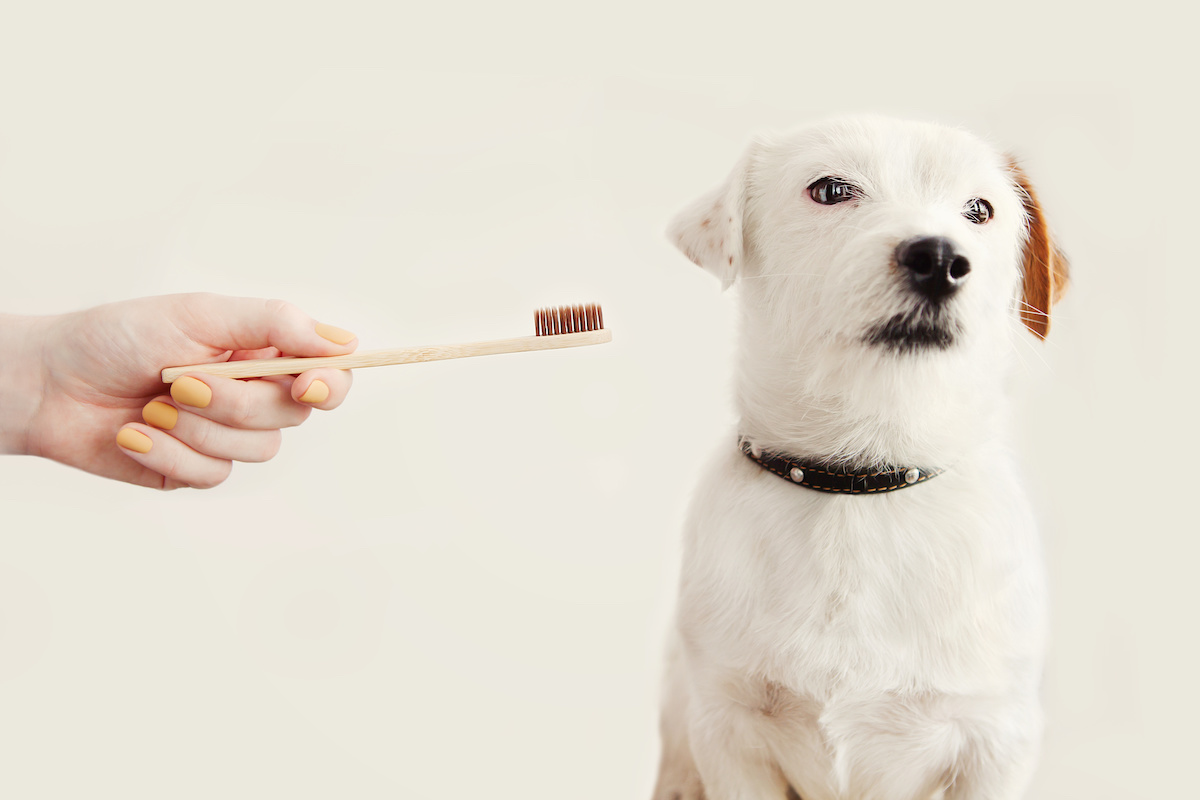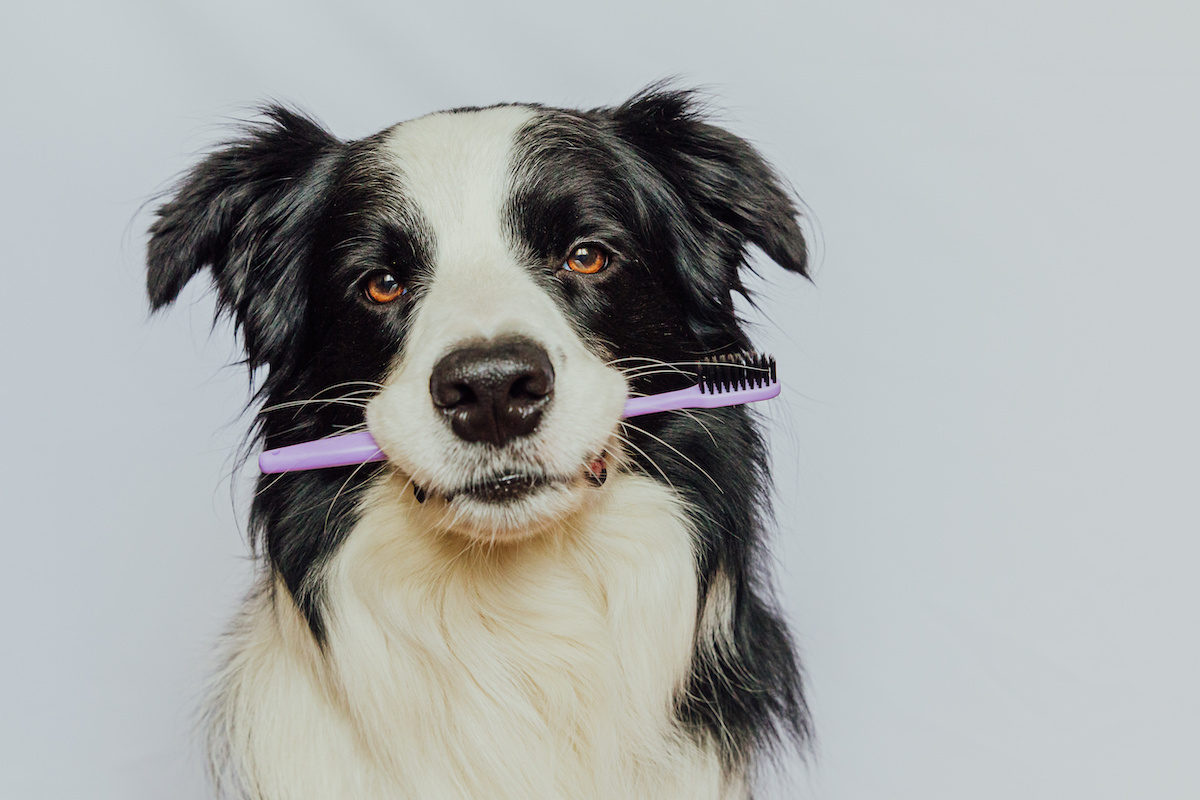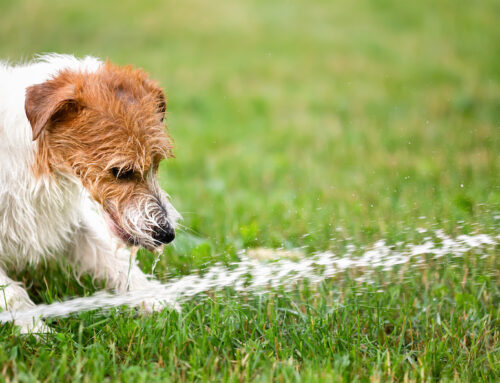As a responsible pet owner, ensuring the overall well-being of your furry companion is of utmost importance. One often overlooked aspect of pet care is oral hygiene. Just like humans, pets can suffer from dental issues that may impact their overall health.
In this blog, we’ll provide you with essential tips for cleaning your pet’s teeth and gums, promoting a healthy and happy life for your beloved animal companion.
The Importance of Cleaning Your Pet’s Teeth and Gums
Proper dental care is not just about maintaining fresh breath for your furry friend; it is a vital component of their overall health and well-being. The significance of pet dental care extends beyond aesthetics, encompassing various health benefits that contribute to a longer, happier life.
Preventing Dental Issues
Regular dental care plays a pivotal role in preventing common dental issues such as periodontal disease, tooth decay, and gingivitis in pets. These issues, if left untreated, can lead to discomfort, pain, and more severe health complications over time.
Enhancing Your Pet’s Overall Health
The health of your pet’s mouth is interconnected with their overall health. Poor dental hygiene can contribute to systemic issues, including heart, liver, and kidney diseases. By prioritizing dental care, you actively promote a healthier and more robust immune system for your beloved companion.
Improving Quality of Life
Dental problems can significantly impact your pet’s quality of life. Painful conditions in the mouth can lead to difficulty eating, changes in behavior, and a decline in overall happiness. Maintaining good oral health ensures that your pet can enjoy their meals, playtime, and daily activities without discomfort.
Preventing Bad Breath
While bad breath is a common concern, it can also be an indicator of underlying dental issues. Regular dental care helps combat bad breath, contributing to a more pleasant experience for both you and your pet.
Saving on Long-Term Healthcare Costs
Investing in preventive dental care can save you money in the long run. By addressing potential issues early through routine care, you reduce the likelihood of more complex and costly dental procedures later in your pet’s life.
Building a Stronger Bond
The process of caring for your pet’s teeth and gums can strengthen the bond between you and your furry friend. It fosters trust and establishes a positive routine, making veterinary visits and other care procedures more manageable.
Understanding the many benefits of pet dental care emphasizes its pivotal role in maintaining your pet’s health and happiness. The following sections will provide you with practical tips and guidance on incorporating effective dental care into your pet’s routine.

Supplies Needed to Clean Your Pet’s Teeth and Gums
Before you embark on your pet’s dental care journey, gather the necessary supplies. Having the right tools makes the process more efficient and comfortable for both you and your pet. Here’s what you’ll need:
- Pet Toothbrush
- Invest in a quality pet toothbrush with soft bristles. Avoid using human toothbrushes as they may be too harsh for your pet’s gums.
- Pet Toothpaste
- Choose a toothpaste specifically formulated for pets. These come in flavors that appeal to animals and are safe for them to swallow.
- Dental Wipes or Pads
- For pets who may resist traditional brushing, dental wipes or pads can be a convenient alternative. They help remove plaque and debris from the teeth’s surface.
- Dental Chews or Toys
- Providing your pet with dental chews or toys can be an enjoyable way for them to naturally clean their teeth. Look for products approved by veterinary professionals.
Getting Started with Pet Dental Care
Your pets naturally may have some concerns when you begin dental care. However, to ensure you get started on the right foot, make sure you:
- Introduce dental care gradually
- Give your pet positive reinforcement
- Practice regular handling of your pet
Let’s take a closer look.
Introduce Dental Care Gradually
Start by gently introducing your pet to the concept of dental care. Allow them to sniff and explore the toothbrush and toothpaste before attempting to brush.
Positive Reinforcement
Associate dental care with positive experiences. Offer treats, praise, or playtime after each successful dental session to create a positive association.
Practice Regular Handling
Get your pet accustomed to having their mouth and teeth touched. Gradual desensitization through gentle handling can make the dental care process smoother.
Step-by-Step Guide to Pet Teeth Cleaning
Ensuring proper dental care for your pet involves more than just good intentions; it requires a systematic and gentle approach. Here’s a step-by-step guide to help you navigate the process of cleaning your pet’s teeth effectively:
1. Choose the Right Time for a Teeth Cleaning
Select a time when your pet is calm and relaxed. Avoid attempting dental care after vigorous play or a meal. A serene environment contributes to a more cooperative experience.
2. Lift Your Pet’s Lips Gently
Hold your pet’s head gently and lift their lips to expose the teeth and gums. Take a moment to examine the overall condition of their oral health. Look for any signs of redness, swelling, or abnormalities.
3. Use Small Motions
When brushing, use small circular motions to clean the teeth and massage the gums. Concentrate on the outer surfaces, where plaque is most likely to accumulate. Be gentle but thorough, ensuring you reach all teeth.
4. Be Patient and Calm
If your pet appears anxious or resistant, take a break and try again later. It’s crucial to remain patient and calm throughout the process to avoid causing stress. Positive reinforcement, such as treats and praise, can make the experience more enjoyable for your pet.
5. Gradual Introduction of Tools
Introduce the toothbrush and toothpaste gradually. Allow your pet to sniff and explore the tools before attempting to brush. This helps create a positive association with the dental care process.
6. Dental Wipes or Pads Alternative
For pets who may resist traditional brushing, dental wipes or pads can be a convenient alternative. These wipes effectively remove plaque and debris from the teeth’s surface and are especially useful for pets with sensitive mouths.
7. Dental Chews or Toys
Incorporate dental chews or toys into your pet’s routine. These items can serve as enjoyable tools for naturally cleaning teeth and gums. Opt for products recommended by veterinary professionals to ensure safety.
8. Regular Monitoring of Your Pet’s Teeth
Consistently monitor your pet’s oral health. Look for changes in the color of their gums, signs of bleeding, or any unusual growths. Regular monitoring allows you to detect potential issues early on.
9. Adjust Your Teeth Cleaning Approach as Needed
Every pet is unique, and their response to dental care may vary. Adjust your approach based on your pet’s comfort level. If using a toothbrush is challenging, focus on other methods like dental wipes or dental toys.
10. Establish a Routine
Make teeth cleaning a regular part of your pet’s routine. Whether it’s a daily or weekly schedule, consistency is key to maintaining good oral hygiene. A predictable routine helps your pet become accustomed to the process.
Additional Tips for Pet Dental Care
Schedule Regular Veterinary Check-ups
Schedule regular dental check-ups with your veterinarian. Professional cleanings may be necessary to address any stubborn plaque or tartar buildup.
Monitor for Signs of Dental Issues
Keep an eye out for signs of dental problems, including bad breath, swollen gums, difficulty eating, or changes in behavior. If you notice any issues, consult your veterinarian promptly.
Provide a Balanced Diet
A balanced and nutritionally complete diet can contribute to your pet’s overall health, including their dental well-being. Consult your veterinarian for dietary recommendations.

Making Pet Dental Care a Routine
Establish a Regular Schedule
As we mentioned, consistency is key to effective dental care. Establish a routine that works for both you and your pet, whether it’s daily or a few times a week.
Use Dental Treats Sparingly
While dental treats can be beneficial, use them sparingly to avoid excessive calorie intake. Choose treats that are not only tasty but also contribute to dental health.
Stay Informed
Stay informed about your pet’s specific dental needs based on their breed, size, and age. Different animals may require different approaches to dental care.
When to Seek Professional Help for Your Pet’s Teeth and Gums
- Persistent Bad Breath
- If your pet’s bad breath persists despite regular dental care, it could be a sign of underlying dental issues that require professional attention.
- Changes in Eating Habits
- Any noticeable changes in your pet’s eating habits, such as reluctance to eat or difficulty chewing, should prompt a visit to the veterinarian.
- Bleeding or Swollen Gums
- Bleeding or swollen gums may indicate gum disease. Consult your veterinarian promptly for a thorough examination.
A Bright Smile for Your Furry Friend
Taking care of your pet’s teeth and gums is an essential aspect of responsible pet ownership. By incorporating these tips into your routine and making dental care a positive experience, you contribute to your pet’s overall health and happiness.
Remember, each pet is unique, and it may take time to find the approach that works best for them. If you have any concerns or questions about your pet’s dental health, don’t hesitate to consult with our team at Animal Care Center. Together, you can ensure that your furry friend enjoys a lifetime of bright smiles and optimal oral health.






